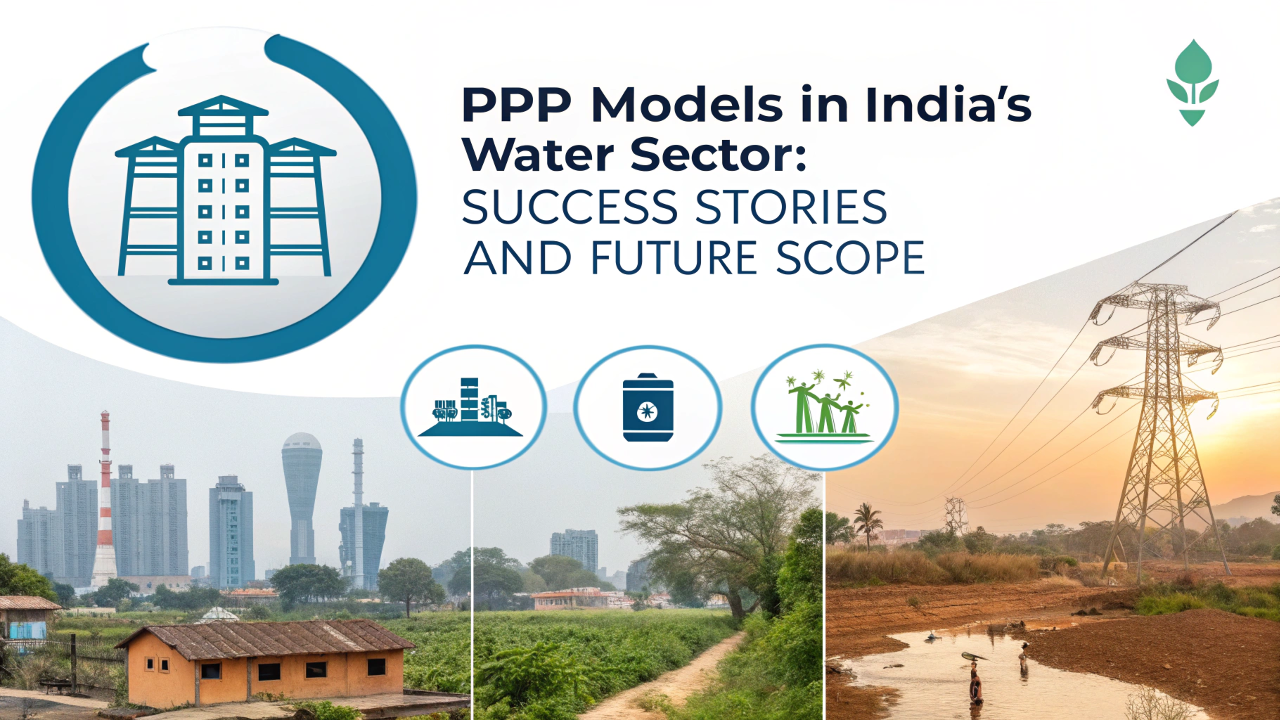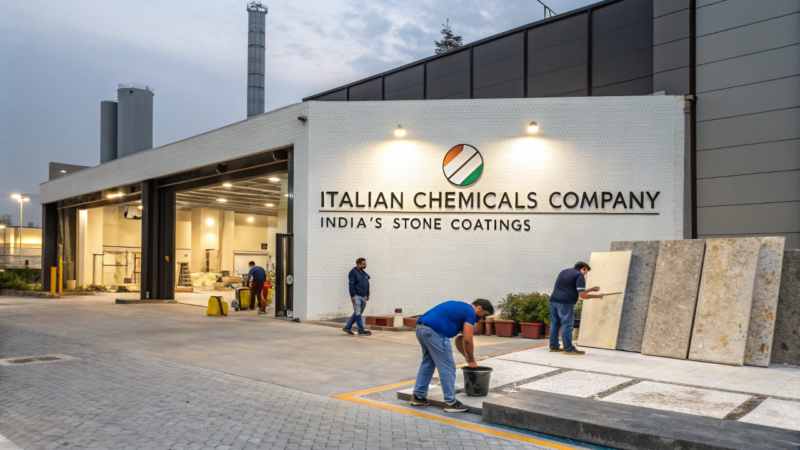
Introduction
India’s water sector is undergoing a paradigm shift, with Public-Private Partnerships (PPP) emerging as a key model for financing and managing water infrastructure projects. With an estimated $500 billion investment requirement in the water industry over the next decade, PPP models provide an efficient way to bridge funding gaps, bring in global expertise, and ensure long-term sustainability.
This blog explores the success stories, key PPP models, government incentives, and investment opportunities for global companies in India’s water sector.
Why PPP is Essential for India’s Water Sector
1. Huge Infrastructure Demand & Funding Gaps
- India requires ₹10 lakh crore (~$120 billion) in investments for water supply and wastewater management.
- Municipalities and state governments lack the capital and expertise to execute large-scale projects alone.
- PPP models attract foreign direct investment (FDI), multilateral funding, and private sector efficiency.
2. Government Push for PPP in Water
- National Infrastructure Pipeline (NIP) (₹111 trillion): Allocates major funding for water projects via PPPs.
- Atal Mission for Rejuvenation and Urban Transformation (AMRUT 2.0): Promotes private sector participation in 24×7 urban water supply.
- Smart Cities Mission: Integrates PPP-driven IoT water management, smart metering, and desalination plants.
Successful PPP Water Projects in India
1. Nagpur 24×7 Water Supply Project
- PPP Model: Build-Operate-Transfer (BOT)
- Private Partner: Veolia India & Orange City Water Pvt Ltd.
- Outcome: First Indian city with 24×7 metered water supply, reducing non-revenue water (NRW) losses by 50%.
2. New Delhi Wastewater Reuse Project
- PPP Model: Hybrid Annuity Model (HAM)
- Outcome: Treats 40 MLD of sewage water for industrial and horticultural reuse, reducing fresh water dependency.
3. Chennai Desalination Plant (100 MLD)
- PPP Model: Build-Own-Operate-Transfer (BOOT)
- Private Partner: VA Tech WABAG & IDE Technologies.
- Outcome: Provides fresh water to over 1 million residents from seawater desalination.
Investment Opportunities for Global Companies
1. PPP Models Attracting Global Investors
- BOT (Build-Operate-Transfer): Private firms fund and operate water utilities before transferring them to the government.
- BOOT (Build-Own-Operate-Transfer): Ideal for desalination and industrial water treatment plants.
- Hybrid Annuity Model (HAM): A mix of government and private funding, offering assured revenue streams.
2. Sectors Open for PPP Investment
- Desalination Plants: Mumbai, Chennai, and Gujarat have planned new projects worth ₹10,000 crore (~$1.2 billion).
- Industrial Wastewater Treatment: Zero Liquid Discharge (ZLD) and effluent reuse projects in pharma, chemicals, and textiles.
- Smart Water Management: IoT-based smart metering, AI-driven leak detection, and predictive analytics.
Challenges & How to Overcome Them
- Regulatory Hurdles: Complex approval processes; partnering with local firms eases entry.
- Tariff Collection Risks: Viable revenue models like Viability Gap Funding (VGF) mitigate risks.
- Project Delays: Technology-driven efficiency and PPP structuring with financial safeguards help mitigate delays.
Conclusion
PPP models are redefining India’s water infrastructure landscape, unlocking unprecedented opportunities for global investors, technology providers, and water management firms. With strong government support, proven success stories, and massive investment potential, this is the ideal time for international players to explore PPP-led water projects in India.
External References & Citations:
- Ministry of Jal Shakti – PPP in Water Infrastructure 2024
- Smart Cities Mission – PPP-led Urban Water Management
- NITI Aayog – National Infrastructure Pipeline (NIP)
- FICCI Water Mission – PPP Models in Indian Water Sector






